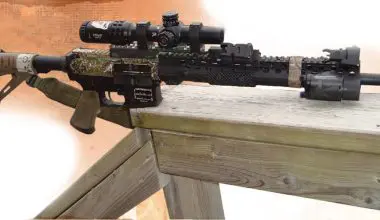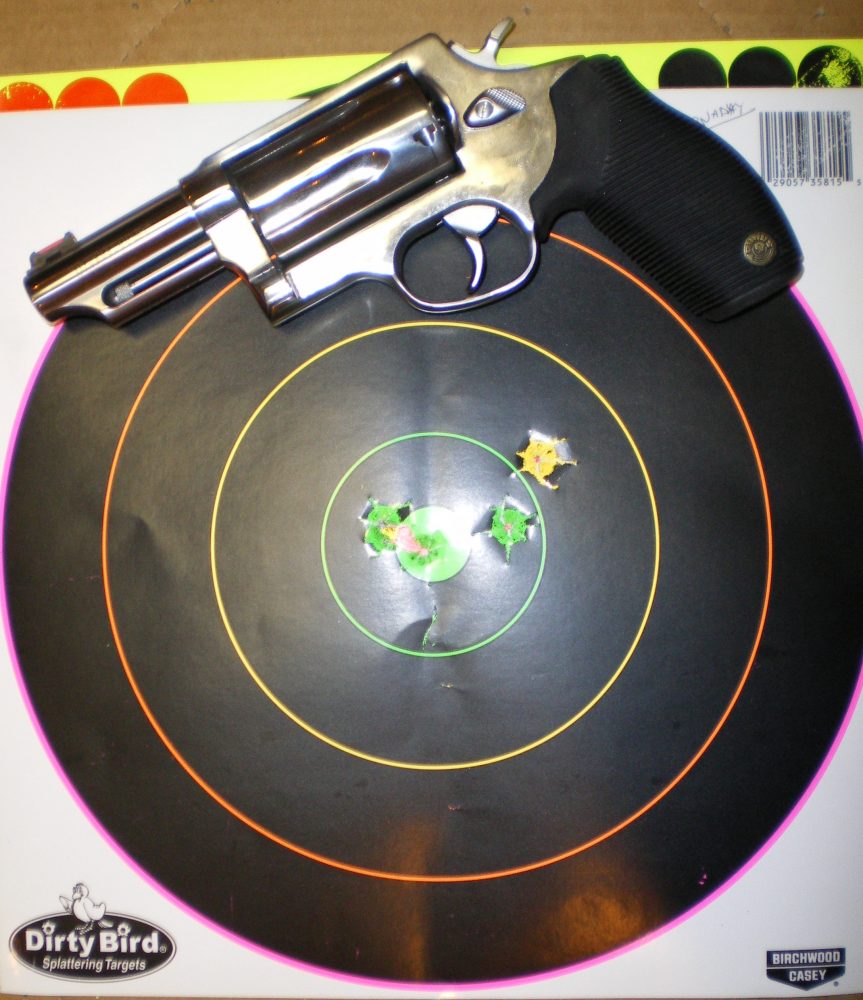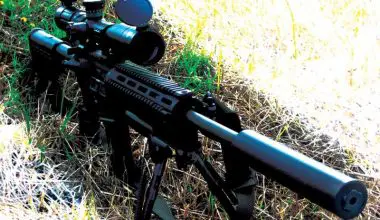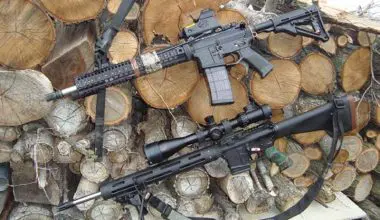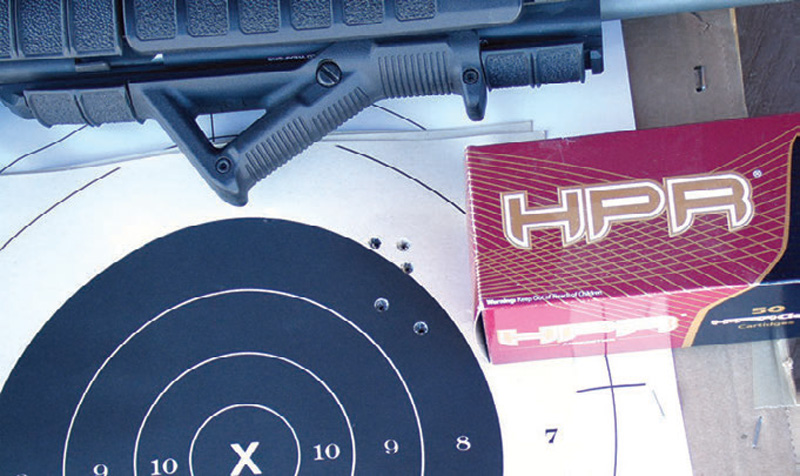
AS I write this, ammunition seems to be made of the rarest of all materials—“Unobtainium.”
When a box or two appears on a store shelf, it disappears in moments. One effect of the shortage is the growth of a number of smaller makers, sometimes of uneven quality. But HPR Ammunition was in business before the ammo crunch, and I expect them to be here when these shortages are only a memory.
Loading ammunition is easy—almost anyone can do it. Get brass, powder, primers, and bullets, read a reloading manual, run the ingredients through the right tools in the right order, and you can produce adequate ammunition.
But what if you want to mass-produce the highest quality ammunition? Why not get a rocket scientist involved, with their mania for precision? Do you think you might produce a higher quality product in volume?
That is exactly what the guys at HPR Ammunition have done.
Table of Contents
NOT ROCKET SCIENCE … OH, WAIT …
Jeff Antich used to design fuel tanks for the space shuttle. Now his focus is making ammo. Not just run of the mill, OK ammo. Not very good ammo. But the best ammo.
HPR, which stands for High Precision (down)Range, bought state-of-the-art loading machines that Jeff then tweaked in subtle ways to make even better, more precise ammo. His modifications are proprietary and cannot be discussed here. But when a man is conditioned to the highest levels of precision, it shows in ways big and small.
One small way is how the HPR team handles the loaded rounds. As they come out of the automated machines, the rounds get dropped into buckets. But steps are taken so the rounds do not simply drop on the previous rounds, possibly damaging them. They are cushioned to reduce the impact.
Then every round is cleaned, after which no ungloved hand is allowed to touch them. Thus no oil, either from the process or the hands of inspectors, gets on the round. Their unique packaging ensures that the first hand to touch that round directly is yours.
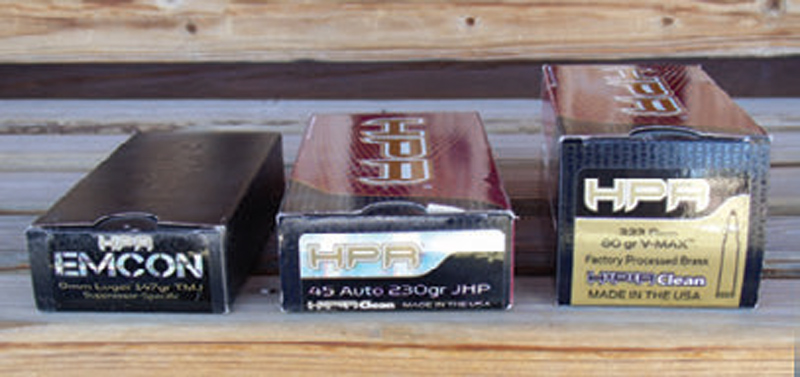
Load development also takes a different path at HPR. Rather than going from lab to testing to production, HPR adds another step. After testing, the ammunition goes to specialists in the end use of that particular ammunition for some real-world testing.
REAL-WORLD TESTING
Handgun ammo is wrung out by their inhouse consultant, Matt McLearn, a master gunsmith and IPSC champion. Only after Matt has given his OK does the round enter production.
During my visit to their Payson, Arizona facility, HPR’s 7.62 match-grade ammo was being tested by GPS Defense Sniper School. Not the new kids on the block, GPS has been training police and military snipers and civilian precision shooters for over 20 years. When they say the load is ready, it will go into production, not before. No samples or pre-production rounds for me to test, not until GPS clears it as the best possible ammo.
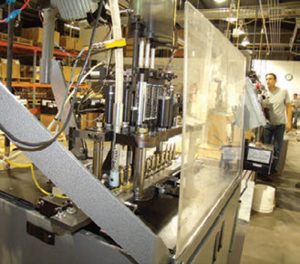
In striving for perfection, HPR works closely with one of the major powder manufacturers, using specially blended powders for each load rather than something off the shelf. They utilize the finest brass and bullets and have strict quality-control policies in place so every round that goes out the door is as precise as possible. Each load is designed specifically for the intended end use. And every batch is tested on HPR’s test range equipment for uniformity before it gets boxed up. In fact, their testing regimen is beyond what is considered industry standard.
HPR’s objective is to produce custom handload performance at production prices. Everything they do is performance driven, with all American components wherever possible. One example of their load-specific drive is their .380 ammo.
After seeing the effects on some shooters of the “highest velocity possible” loads, they intentionally dialed their load back. It seems these HV loads in today’s micro guns result in excessive recoil and pain with each shot. A minimal amount of practice often results in bleeding hands— certainly not conducive to learning!
As a result, the owners of these tiny guns do not train or practice enough, reducing the efficiency of the gun/ ammo/shooter combination. With their reduced-recoil rounds, HPR offers a combination of an effective round that the shooter can shoot for training, practice, and use as a carry load. On the other end of the scale, full-bore .357 Magnum rounds are generally used by experienced handgun hunters, and thus are loaded for maximum velocity.
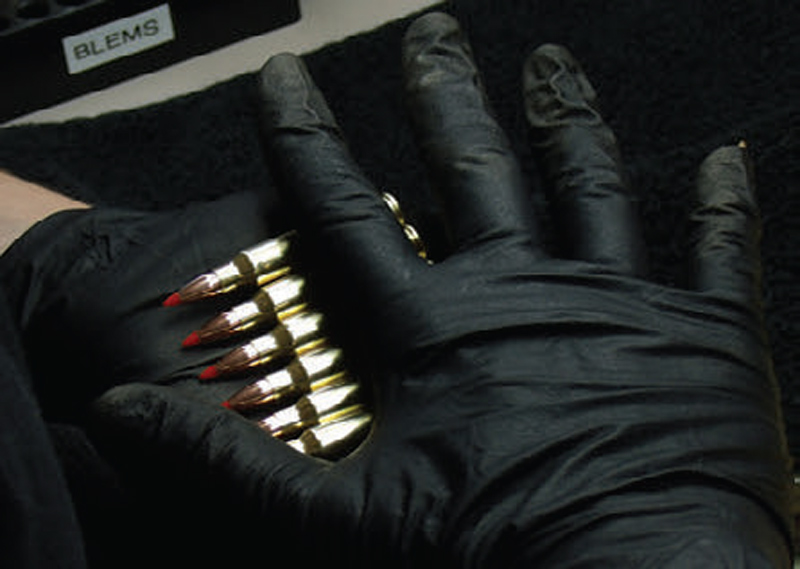
This pursuit of load-specific performance has led HPR to create the EMCOM line, limited at this time to 9mm. EMCOM is a military acronym for Emissions Control Munitions, in this case meaning noise and flash emissions.
These rounds were developed for use in sound-suppressed arms, primarily for the U.S. Military. Other rounds in development for this line are .40 S&W, .45 ACP, 5.56 NATO, .300 Blackout, and 7.62 NATO. These will be released after beta testing by Silencerco, a manufacturer of suppressors for our troops.
CLEAN, ACCURATE, UNIFORM
Is all this searching for perfection worth it? Let’s start with the rigor they apply to keeping the rounds clean. I scrubbed my 1911 clean to bare steel and fired a box of HPR 230-grain .45 ball ammo for testing. Then I stripped it down again. No question, the gun was cleaner than after a box of any other production line ammo.
I don’t know how to quantify how much cleaner, but subjectively, it was a lot cleaner. HPR has earned the right to call its ammo “Hyper Clean,” as it says on each box.
How about uniformity? I chronographed HPR .45 230-grain ball and JHP ammo, and found each had exactly the same standard deviation (the amount each round can be expected to vary from the average) of 10.6 fps. The ball clocked 779.1 fps and the JHP ran hotter at 826.5 fps— each load tailored for its expected use of training or self-defense.
As for accuracy, in the calibers I tested, HPR ammo equaled the best groups I am capable of with those guns. I’m not going to claim tiny groups—with the guns I use, I have never shot those cloverleafs some claim, although I have done well.
HPR ammo was no hindrance to extracting the best from each of the guns I tested. Your skill level may exceed mine—or not. But you will be able to try for your personal best with HPR products.
Every ammunition maker is loading as fast as they can to get product out to shooters. Unfortunately, this has resulted in some sub-standard rounds getting to buyers. But at HPR, they are working as fast as they can maintain their high standards, to ensure every box has the same quality. They are in it for the long haul.
If you’re lucky enough to find a box of HPR ammo in your caliber, you will be pleased with its accuracy, uniformity, and clean-burning characteristics.
